Enhancing ZLD Efficiency with DTRO and STRO Membranes
Enhancing ZLD Efficiency with DTRO and STRO Membranes Introduction
Zero Liquid Discharge (ZLD) systems aim to recover all usable water from wastewater, leaving minimal waste. Traditional methods often rely heavily on evaporation, which is energy-intensive and costly. However, integrating advanced membrane technologies like DTRO (Disc Tube Reverse Osmosis) and STRO (Spiral Type Reverse Osmosis) can significantly enhance the efficiency of evaporators in ZLD systems by increasing water recovery rates.
Project Overview
To address the stringent environmental regulations and the need for efficient water
management, Bokaro Steel Plant awarded the contract for the Tertiary Treatment
Plant Complex for their CRM III facility to M/s S.R. Paryavaran Engineers Pvt
Ltd., our principals. The plant boasts two streams, each with a capacity of 110m³/hr
(2.64 MLD), ensuring a robust and reliable water treatment process.
DTRO and STRO Membranes in ZLD Systems DTRO (Disc Tube Reverse Osmosis) Membranes
- Use Case: Ideal for treating highly polluted industrial effluents and landfill leachate.
- Efficiency Enhancement: The open-channel design of DTRO membranes facilitates high-turbulence flow, minimizing fouling and scaling. This results in higher recovery rates and reduced operational costs.
- High-Pressure Operation: Capable of withstanding pressures up to 160 bar, DTRO membranes ensure maximum water recovery before the evaporation stage, significantly reducing the load on evaporators.
STRO (Spiral Type Reverse Osmosis) Membranes
- Use Case: Suitable for leachate and high-salt wastewater treatment.
- Efficiency Enhancement: The spiral wound structure and industrial anti-fouling properties of STRO membranes maintain stable long-term operation. This leads to increased water recovery and decreased energy consumption in subsequent evaporation processes.
- High Concentration Ratios: Efficiently operates at higher concentration ratios, making the evaporation process more energy-efficient.
Benefits of Integrating DTRO and STRO Membranes
- Increased Water Recovery : Both DTRO and STRO membranes achieve higher water recovery rates, which reduces the volume of wastewater that needs to be evaporated. This results in significant energy savings.
- Cost-Effectiveness: By reducing the dependence on energy-intensive evaporation, these membranes lower operational costs, making ZLD systems more economical.
- Operational Efficiency: The advanced design and materials used in DTRO and STRO membranes ensure consistent performance, reducing maintenance frequency and enhancing overall system reliability.
- Sustainability: Higher water recovery and reduced energy consumption contribute to more sustainable water management practices, aligning with environmental goals.
Why Membrane Filtration is More Efficient
Pushing water through a membrane is inherently more efficient than evaporating it.
Membrane filtration uses significantly less energy compared to thermal
evaporation processes. The high recovery rates achieved by DTRO and STRO
membranes mean that most of the water is reclaimed before reaching the
evaporation stage, thereby reducing the overall energy footprint of the ZLD
system.
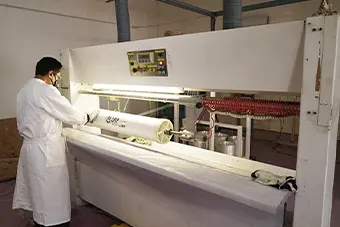
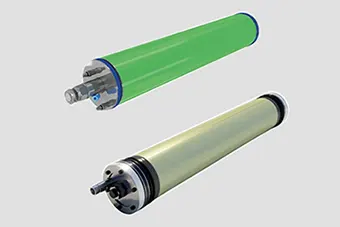
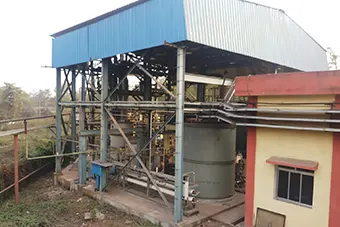
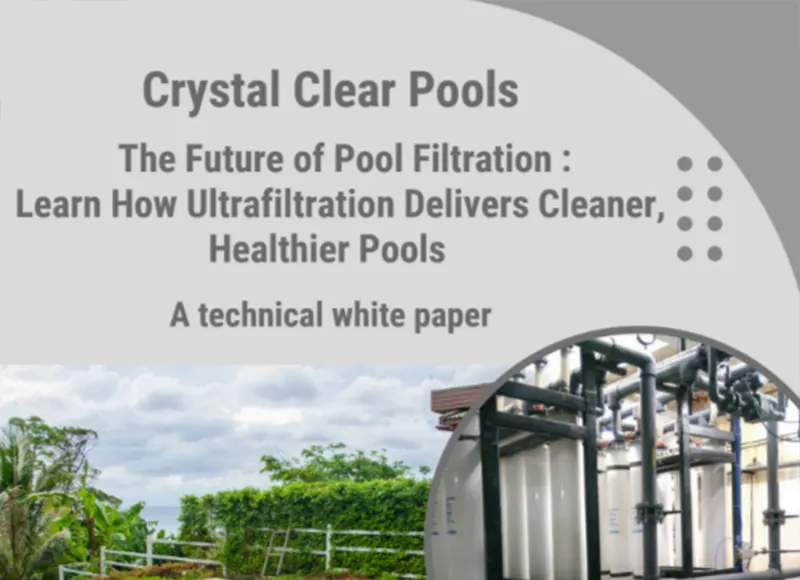
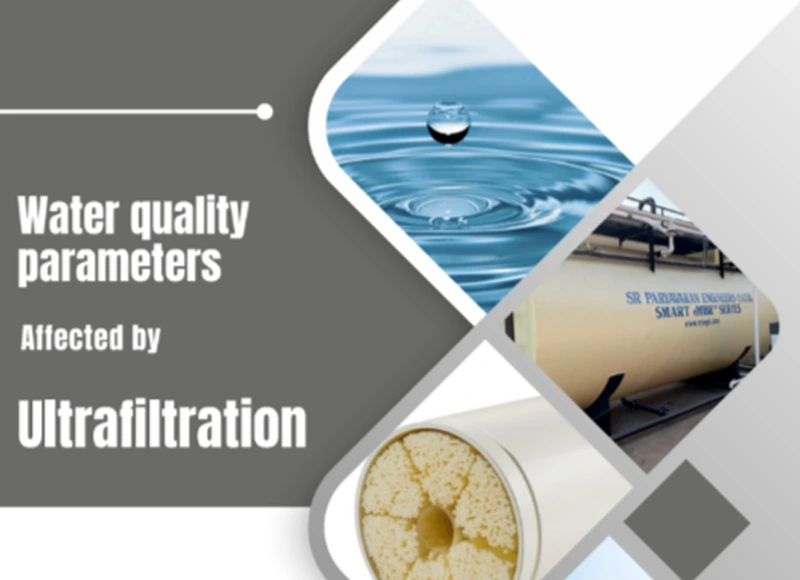
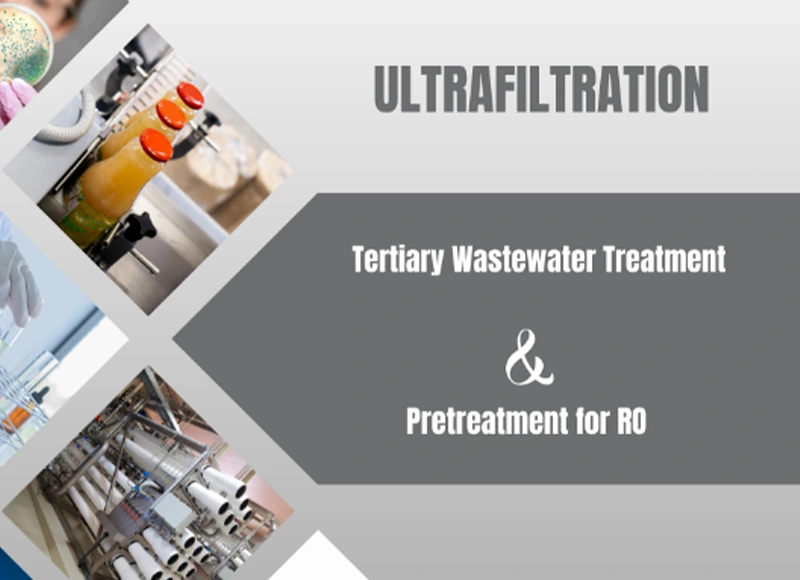
 Linkedin
Linkedin 